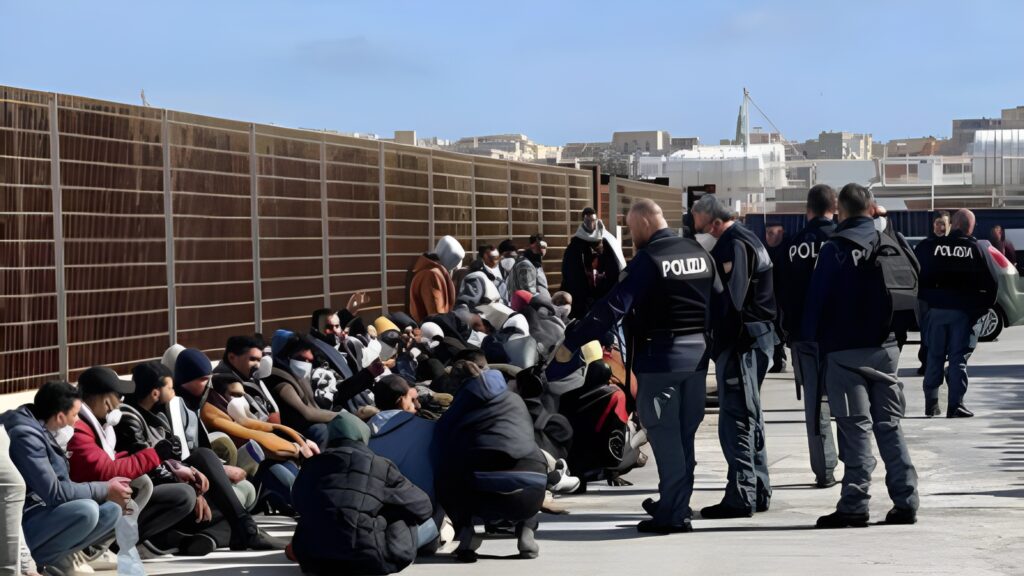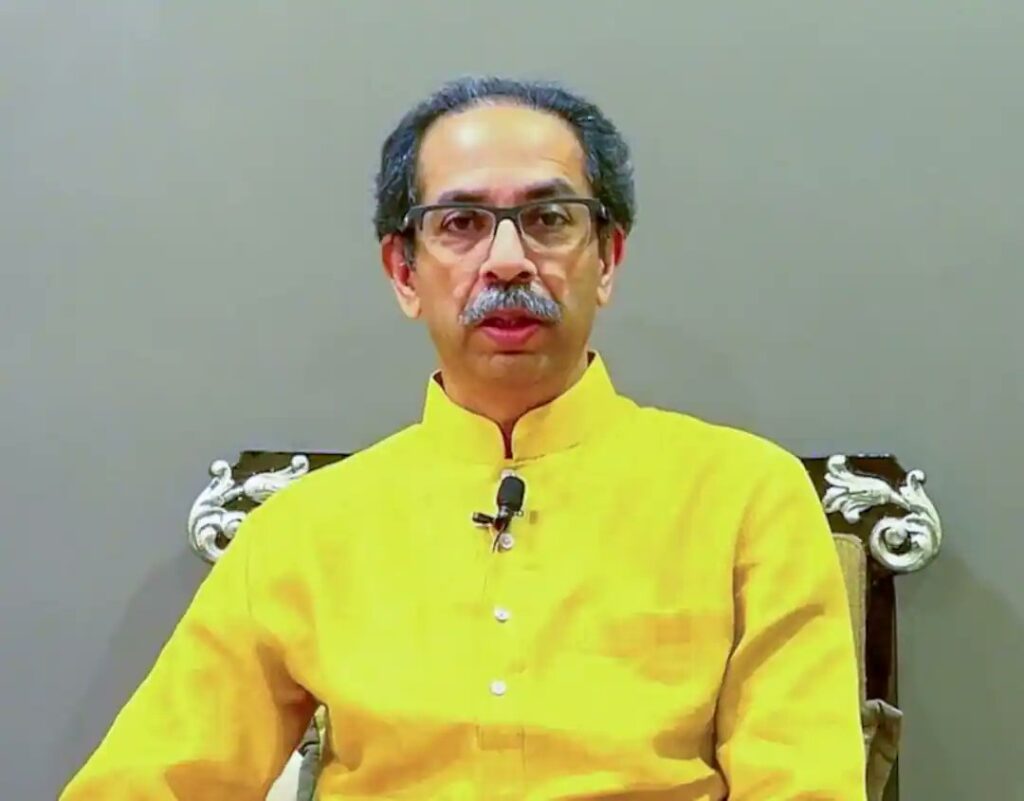Italy opens gates for half a million foreign workers — can India turn workforce into global soft power?
What if a global immigration boom is on the horizon—and India stands to win big?
Italy, traditionally known for its cautious approach to immigration, is now turning heads with a major policy shift. Facing a rapidly aging population and a dangerous dip in its workforce, the Italian government has announced plans to welcome nearly half a million non-EU foreign workers between 2026 and 2028. This move is not just about filling jobs; it’s about saving the country’s economy from collapse.
In this article, we explore why Italy is making this unprecedented offer, how Indians could benefit from it, and what this means in the context of global migration trends. We also examine the broader implications—cultural, political, and economic—of this decision.
Italy’s Population Crisis: Why a Nation of the Old Needs Migrants

Italy’s demographic problems are severe and worsening. In 2024 alone, there were 281,000 more deaths than births, causing a net population decline of 37,000. This marks the 16th consecutive year of declining birth rates, with just 370,000 babies born, the lowest figure since the country’s unification. The fertility rate has fallen to 1.18, far below the 2.1 needed to maintain a stable population. These numbers aren’t just statistics—they signal a looming crisis for Italy’s economy and workforce.
Prime Minister Giorgia Meloni, who rose to power on a platform opposing illegal immigration, is now walking a fine line. While continuing to crack down on illegal border crossings and NGO-led rescue missions in the Mediterranean, her administration is simultaneously opening legal channels for foreign workers. Italy had already committed to 450,000 new visas between 2023 and 2025. Now, it’s expanding that figure with another 497,000 visas through 2028.
This move isn’t just a softening of policy—it’s a strategic necessity. Without enough working-age people to support food production, care industries, and manufacturing, Italy risks economic stagnation.
Meloni’s Balancing Act: Anti-Illegal Yet Pro-Worker Immigration

The upcoming visa rollout is one of Italy’s largest legal migration efforts in recent memory. In 2025 alone, Italy plans to admit 164,000 foreign workers—a scale that reflects the urgency of its labor crisis. These workers will largely be employed in agriculture, hospitality, construction, and elderly care, sectors struggling with chronic shortages. Italian think tanks have projected that to stabilize its economy and maintain services, Italy would need to bring in at least 10 million immigrants by 2050.
Interestingly, this immigration expansion is being pushed by traditionally conservative sectors. For example, Coldiretti, the country’s leading agriculture lobby, has endorsed the move, arguing that the food supply chain simply cannot survive without migrant labor. In this scenario, Indian workers—who already form one of the largest migrant communities in Italy—stand to gain significantly. They are familiar with the local system, contribute across industries, and possess both the skill and flexibility to adapt quickly.
This shift also reflects a political balancing act. By clamping down on illegal crossings and simultaneously inviting skilled, legal migrants, Meloni is crafting a new narrative: that immigration can be orderly, beneficial, and selective.
Half a Million New Visas: Sectors That Desperately Need Indian Labor
Italy is not alone in rethinking immigration. Across Europe and the Asia-Pacific, a silent competition has begun—to attract young, skilled, foreign talent. Germany is promoting its “Opportunity Card” to lure global professionals. France is rolling out a “Talent Passport Visa,” easing long-term residency for skilled migrants. Portugal is offering both seasonal and long-term visa options to address labor shortages.
Even traditionally strict countries like Japan are evolving—loosening startup visa restrictions for foreign entrepreneurs. Meanwhile, Australia has introduced its first-ever Work and Holiday visa for Indians under 30, allowing them to work or study while traveling for a year.
India, with its large, youthful population and rising education levels, is perfectly positioned to benefit from this shift. The country can become a primary source of legal migrant workers across multiple sectors—from caregiving and construction to IT and skilled trades.
For Indian citizens, Italy’s visa expansion offers not just jobs, but the opportunity for long-term settlement, economic mobility, and global exposure.
India’s Strategic Edge: How We Can Win the Global Talent War
The implications of this new wave of migration go far beyond individual job opportunities. For India, it represents a major chance to expand its influence through diaspora diplomacy. As more Indian workers settle abroad, they strengthen cultural ties, send back remittances, and act as informal ambassadors of Indian values and skills.
On a policy level, India could leverage this demand to negotiate stronger protections, labor rights, and wage guarantees for its workers through bilateral agreements with destination countries like Italy.
For Italy, welcoming Indian migrants could help revitalize rural areas, sustain essential services, and stabilize its pension system by expanding the tax-paying population. However, the country must also prepare socially and politically for this influx, ensuring successful integration without sparking anti-immigrant backlash.
At a global level, Italy’s shift is part of a broader trend: immigration is no longer seen as a problem, but as a solution—a tool for economic survival in aging societies. With birth rates falling across the West, the new race isn’t just for resources or technology—it’s for people.
Italy’s bold visa push signals a profound change in how nations view immigration. What was once a politically sensitive issue is now an economic strategy. For India, this is a golden opportunity—both to empower its workers and to deepen its global presence.
But success won’t come automatically. It will depend on how well India prepares its citizens, negotiates protections, and navigates the politics of global migration.
One thing is clear: the future of labor is international—and India is at the heart of it.





















